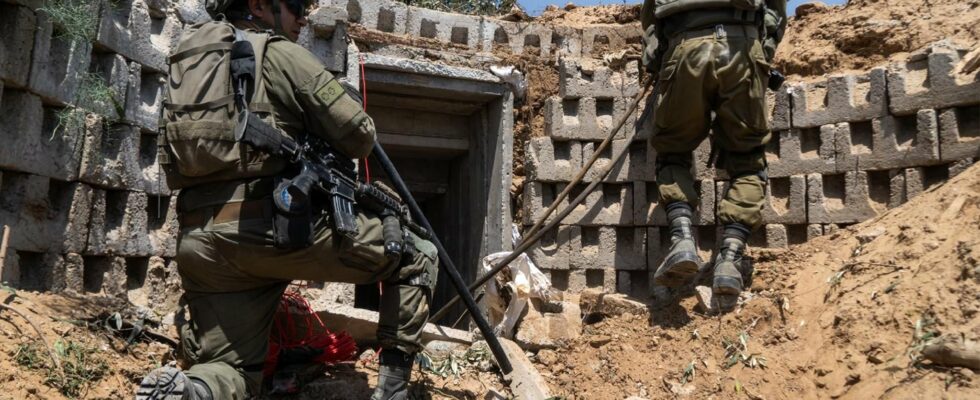It is a narrow strip of land 14 km long and 100 meters wide, the control of which is crucial in the midst of the war between Israel and Hamas. This Tuesday, August 20, US Secretary of State Antony Blinken is in Egypt, in order to obtain a truce agreement, and clarify Israel’s position on the control of the Philadelphia corridor. Located on the border of Gaza with Egypt, this buffer zone has been in the hands of the Israeli army since May 29, after the latter reported arms trafficking to supply Hamas from Egypt.
According to some anonymous sources cited by Israeli media And americansthe peace plan proposed by the United States would provide for a “form” of continued Israeli presence in the corridor, although Israeli Prime Minister Benjamin Netanyahu has reportedly agreed to reduce his troop presence in the area. An Israeli official stressed that the country could not leave the corridor completely, because “we cannot be sure that we can go back if necessary,” due to international pressure, he said.
Prevent the circulation of weapons
Historically, as the Lebanese daily recalls The Orient-The Day, This buffer zone was created after the Camp David Accords of 1979, which sealed peace agreements between Israel and Egypt, ending more than 30 years of conflict between the two rival countries. As part of these agreements negotiated under the mediation of the United States, the Egyptians regained control of the Sinai region, while the Israelis took control of the territory located along the border with the Gaza Strip. The objective of the Hebrew state: to prevent the circulation of weapons and materials between the Palestinian enclave and Cairo, and strictly control the movement of Palestinians via the Rafah border crossing, specifies The Orient-The-Day. Fences and barbed wire then emerge from the ground along the buffer zone.
But in 2005, Israel withdrew, and control of the corridor on the Egyptian side then passed to Cairo, while the Palestinian Authority controlled the other side of the strip of land until 2007, the year in which Hamas seized total power in Gaza by force. Furthermore, through the so-called “Philadelphia Agreement” – which gave its name to the corridor – Egypt committed to fighting arms trafficking and terrorism on its border, while constantly exchanging intelligence with the Israelis. Since October 7 and the outbreak of war, however, the corridor has once again become a highly strategic territory. Israel particularly criticizes negligence in Egyptian surveillance with the existence of tunnels used by Hamas, which Egypt disputes, as it does not want a lasting return of the Israeli army to the buffer zone.
